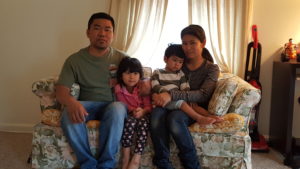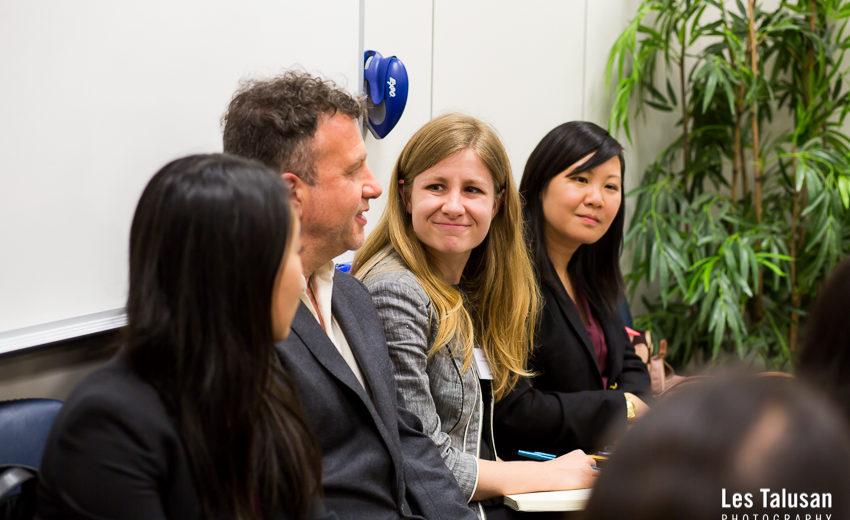About National CAPACD
The National Coalition for Asian Pacific American Community Development (National CAPACD) is a coalition of nearly 100 community-based organizations spanning 21 states and the Pacific Islands. Our members work in low-income Asian American, Native American, and Pacific Islander (AA and NHPI) communities to improve housing security and preserve our neighborhoods. We disseminate national resources locally, share best practices and advocate for community needs at the national level. Our work improves the lives of the over two million AAs and NHPIs living in poverty nationwide.
Mission
National CAPACD advances equity and creates vibrant, healthy neighborhoods by mobilizing and strengthening a powerful coalition of Asian American, Native Hawaiian, and Pacific Islander community-based organizations working in low-income communities.
Statement of Need

The AA and NHPI community is the fastest growing racial group in the country, growing over four times as rapidly as the total U.S. population; it is expected to double to over 47 million by 2060.¹ AAs and NHPIs are defined by great ethnic diversity, and their historic and present-day contributions and challenges are often misunderstood in the public policy and philanthropic worlds. In particular, the community’s economic conditions and its contributions to the struggles for racial and social justice are often overlooked in our broader national conversations on these issues.
The AA and NHPI community faces significant challenges; in particular, there exists a rapidly increasing need for economic security. In the six years between the end of the Great Recession to the time of the latest poverty data from the U.S. Census (2010 to 2016), the number of AAs and NHPIs living below the federal poverty line grew by nearly one-quarter million people, a 13 percent increase. The economic conditions that AAs and NHPIs face are vastly different from those of the general population for whom overall poverty levels decreased by 1.95 million people or four percent.
Moreover, the majority of AAs and NHPIs living in poverty are concentrated in a limited number of metropolitan statistical areas (MSAs). More than 50 percent of the total AA and NHPI poverty population lives in the top 10 MSAs compared to 25 percent of the nation’s poverty population. AAs and NHPIs are also disproportionately concentrated in areas with the highest housing costs, and in neighborhoods that predominantly comprise communities of color. Residents and small businesses in AA and NHPI neighborhoods across the country are at very high risk of displacement.
Despite these challenges, the AA and NHPI community has many assets, including strong networks of reciprocal support and creative multigenerational approaches to entrepreneurship. Local organizations provide essential leadership and support to low-income AAs and NHPIs through their social services, community development, and community organizing. These organizations play a critical role in leveraging the strengths of these communities to build vibrant neighborhoods and to advance the economic vitality of low-income AAs and NHPIs. Yet, there are many challenges for local groups working at the community level. These include generational divides, immigration history, ethnic, linguistic, cultural, and geographic diversity and the relative isolation of many AA and NHPI organizations. As such, National CAPACD is uniquely positioned as an intermediary working across the country to serve as a crucial catalyst for progress.
¹ White House Initiative on Asian Americans and Pacific Islanders, Data on the Asian American and Pacific Islander Community, 2016.
Vision
Asian Americans, Native Hawaiians, Pacific Islanders, and all communities of color live and thrive equitably and are empowered to collectively shape their neighborhoods.


